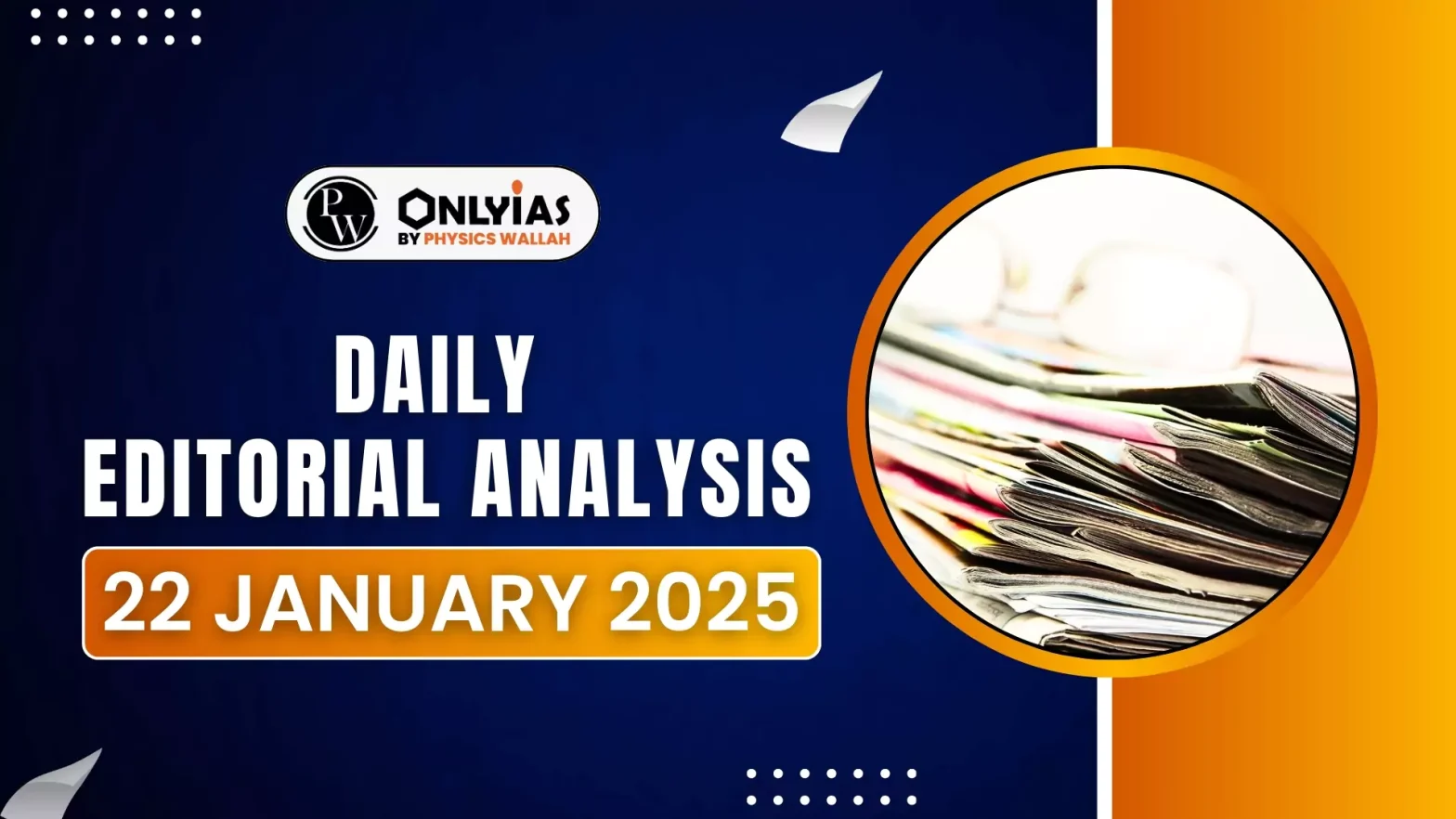To achieve India’s development goals by 2047, prioritizing agricultural growth is essential. Agriculture contributes 18% to the GDP and supports over 50% of the population, making it a cornerstone of the nation’s economy and livelihood.
Application of Artificial Intelligence in Agriculture
- Current Developments: India is starting to deploy Al for critical use cases such as weather forecasting, pest detection and control, and crop yield optimisation.
- Limitations: Penetration is limited to a small subset of tech-savvy farmers.(Smart phone usage is still very less among farmers)
- Global Scenario: In the US and Europe, generative Al tools have started offering precision farming at scale.
- Integrating large datasets to provide real-time agronomic insights.
- Recommendations: For at-scale integration and accessibility of in India, it would be helpful to develop vernacular Al platforms for smallholder farmers (Since majority of Indian farmers don’t understand English), partner with AgTechs to create affordable Al solutions, and disseminate Al-based advisory services through government programmes.
Enroll now for UPSC Online Course
Regenerative Agriculture
- Developments: India has started in pockets with regenerative farming practices such as organic farming and zero-budget natural farming.
- Challenges: Monoculture practices and excessive chemicals and fertiliser use dominates most farming systems, leading to soil degradation and biodiversity loss.
- Global Scenario: France and the US lead in regenerative agriculture through structured policies, farmer incentives and R&D on sustainable practices.
- Recommendations: The focus should be on a national regenerative farming policy and private sector-led R&D for capital efficient agro-ecology practices.
Robotics and Automation
- Limitations: Robotics adoption in India is limited due to high costs and a large labour force in rural areas.
- Basic automation tools like seeders and sprayers are more common, but advanced technologies such as robotic harvesters are inaccessible to most farmers.
- Recommendations: To build a foundation for robotics and automation, India must develop low-cost robotic solutions tailored for small farms, set up AgTech hubs for testing and deploying automation and promote public-private partnerships to scale robotics innovation.
Alternative Protein Market
- Developments: India’s alternative protein market is in its infancy, driven by startups.
- Limitations: Affordability and scalability remain major barriers to adoption.
- Global Scenario: EU leads in alternative proteins with government-backed initiatives and cutting-edge R&D.
- Recommendations: Focus must be on collaborating with global leaders to improve production, formulation techniques and public awareness on lab-grown proteins.
Check Out UPSC NCERT Textbooks From PW Store
Digital Twins
- Challenges: Digital twins are limited in Indian agriculture. Field trials are manual and time-consuming, increasing costs and delaying the deployment of new crop technologies.
- Global Scenario: US employs digital twin technology at-scale to model field trials virtually, reducing costs and speeding up the launch of agri-inputs.
- Recommendations: Partnering with AgTechs to pilot such projects, training researchers in digital modelling and exploring tax incentives for investing in digital twin solutions can not only boost transparency but also unlock productivity.
Digital Twins:
- A digital twin is a virtual model of a physical object, system, or process. It’s a digital counterpart that can be used for simulation, testing, monitoring, and maintenance.
- Digital twins are created using real-time data from sensors
|
Blockchain Technology
- Stage: Blockchain is still at an experimental stage in India, with pilot projects in food traceability.
- Challenges: Wider adoption is hindered by lack of infrastructure and farmer awareness.
- Global Scenario: China has integrated blockchain across multiple agricultural supply chains, ensuring transparency, reducing fraud and improving market access.
- Recommendations: Export crops should be a focus for India blockchain scale-up, to materially improve price realisation for farmers.
Climate-smart Agriculture
- PM-KUSUM: Programmes like PM-KUSUM promote renewable energy for irrigation, large-scale climate-smart initiatives are limited.
- Recommendations: India needs to scale up micro-irrigation technologies, invest in climate-resilient seed varieties and bio-based crop protection products, and leverage Al to develop localised climate advisory systems.
Enroll now for UPSC Online Classes
Conclusion
By embracing innovation and fostering public-private collaborations, India can become a global leader in sustainable and technologically advanced farming. The need is to customise and adapt farming practices based on the Indian agri context.
![]() 22 Jan 2025
22 Jan 2025

